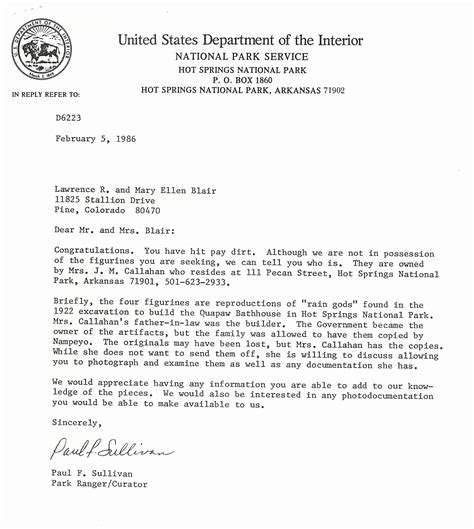How to Address a Cover Letter Without a Name: 5 Steps?

Writing a cover letter is an essential part of the job application process. However, sometimes you may find yourself in a situation where you don’t have the name of the hiring manager or recruiter to address your letter to. While it’s always best to address your cover letter to a specific person, there are still ways to make a strong impression even without a name. In this article, we will walk you through five steps to address a cover letter without a name.
Step 1: Research the Company
Before you start writing your cover letter, take the time to research the company you are applying to. Look for any information that can help you identify the hiring manager or recruiter, such as job postings, company websites, LinkedIn profiles, or even social media. While you may not find a specific name, you might come across a department or a title that can help you personalize your letter.
Step 2: Use a Generic Salutation
If you are unable to find a specific name to address your cover letter to, it’s best to use a generic salutation. Start your letter with “Dear Hiring Manager” or “Dear Recruiter.” While it’s not as personalized as addressing someone by name, it still shows that you have taken the time to tailor your letter to the company.
Step 3: Be Clear and Specific
When writing your cover letter, be clear and specific about the position you are applying for. Use the job title or the department name in your opening paragraph to show that you have done your research and are genuinely interested in the role. This will help grab the reader’s attention and show that you are not sending a generic letter to multiple companies.
Step 4: Highlight Your Relevant Skills and Experience
In the body of your cover letter, focus on highlighting your relevant skills and experience that make you a strong candidate for the position. Use specific examples and achievements to demonstrate how your qualifications align with the company’s needs. This will show that you have taken the time to understand the company’s requirements and can contribute effectively.
Step 5: End with a Strong Closing
Wrap up your cover letter with a strong closing that expresses your enthusiasm for the opportunity to join the company. Use phrases like “I look forward to the opportunity to discuss this position further” or “I would welcome the chance to contribute to your team.” This will leave a positive impression on the reader and show your enthusiasm and commitment.
Conclusion
While it’s always best to address your cover letter to a specific person, there are times when you may not have access to that information. By following these five steps, you can still write a strong and personalized cover letter that makes a lasting impression. Remember to research the company, use a generic salutation, be clear and specific, highlight your relevant skills and experience, and end with a strong closing. These steps will help you stand out from the competition and increase your chances of landing an interview.
Frequently Asked Questions
1. Can I address a cover letter without a name?
Yes, you can address a cover letter without a name. While it’s always best to address your letter to a specific person, there are ways to make a strong impression even without a name. By using a generic salutation and personalizing your letter based on your research, you can still create a strong and tailored cover letter.
2. How can I find the name of the hiring manager or recruiter?
To find the name of the hiring manager or recruiter, you can start by researching the company. Look for job postings, company websites, LinkedIn profiles, or social media accounts that may provide information about the person responsible for hiring. If you are still unable to find a specific name, it’s best to use a generic salutation.
3. What should I include in the body of my cover letter?
In the body of your cover letter, you should focus on highlighting your relevant skills and experience that make you a strong candidate for the position. Use specific examples and achievements to demonstrate how your qualifications align with the company’s needs. This will show that you have taken the time to understand the company’s requirements and can contribute effectively.
4. How can I make a strong closing in my cover letter?
To make a strong closing in your cover letter, express your enthusiasm for the opportunity to join the company. Use phrases like “I look forward to the opportunity to discuss this position further” or “I would welcome the chance to contribute to your team.” This will leave a positive impression on the reader and show your enthusiasm and commitment.
5. Should I send a cover letter without a name?
While it’s always best to address your cover letter to a specific person, there are times when you may not have access to that information. In such cases, it’s still recommended to send a cover letter without a name, as it shows your interest and effort in tailoring your application to the company. Use a generic salutation and personalize your letter based on your research to make a strong impression.
